Popular on Food52
36 Comments
[email protected]
December 31, 2023
After throwing away every 2nd and 3rd attempt at caramel sauce FOR YEARS, a chef suggested I use a bit of corn syrup to prevent crystals from forming. boom-I haven't thrown out a caramel since and now I know why!!!! thank you!
HRH
February 10, 2017
Thank you SO MUCH for clarifying this for me. I've shied away from making many a sweet thing because of "evil corn syrup". We are not sweets- eaters in general but sometimes, you just want to make that special thing!
Natalia F.
January 17, 2016
Please please please read more on fructose before you state that it's better for diabetics. Fructose's metabolic pathway leads towards creating fat out of it. so using fructose as a replace for other sugars may cause obesity, elevated cholesterol and triglycerides, this way leading to metabolic syndrome and also may cause heart disease. For more information i advise you read Harpers Illustrated Biochemistry or any other medical textbook's chapter on carbohydrates metabolism (and don't take scientific information from a cookbook...)
Georgia L.
January 4, 2016
This was a great read!
But on a side note: honey is a naturally occuring inverted sugar. If someone finds a recipe that called for inverted sugar, they can use honey as a replacement (1 for 1)... although should remember that honey has a flavour while invert sugar does not.
But on a side note: honey is a naturally occuring inverted sugar. If someone finds a recipe that called for inverted sugar, they can use honey as a replacement (1 for 1)... although should remember that honey has a flavour while invert sugar does not.
gardeningal
December 30, 2015
Thank you for the education. I have to say, my two "web scientists" as I call them (pictured above) enlightened me on this subject a while ago. So, now and again I use corn syrup in place of sugar for certain desserts. It has been taboo on the food labels for a long time. We, the consumers of all these yummy, sweet confections have to learn to eat them in moderation. Next article: Butter vs.margarine ? (This should be easier..)
Lily T.
December 27, 2015
I have a question, how does FRUCTOSE specifically compare to Raw sugar ( or brown sugar) and/or Coconut sugar? Could you perhaps write something about those and compare it to fructose? I am curious.
melloone
December 26, 2015
Great information. I believe, the real question is not whether we should be using corn syrup but what damage any of the simple sugars does to our health.
catalinalacruz
December 26, 2015
Really informative, whether one wants to add corn syrup to their pantry or not. Now we know WHY corn syrup is used for certain results. This article is in the tradition of America's Test Kitchen and Alton Brown (where IS Alton anyway?), and I for one would like to see more articles on Food 52 that explain the why and how of ingredients and procedures.
Bruce Y.
January 18, 2016
Alton is busy with Cutthroat Kitchen, so Good Eats isn't being produced. He's also active in other Food Network productions.
S. R.
September 13, 2015
My dad was a pastry chef so there was always Karo's corn syrup in the cupboard (in fact, I think I recently saw a half filled bottle tucked in the dark recess of the cupboard) but he always used it for frostings and we used it pancakes. I have skipped many recipes because of the whole high fructose corn syrup thing and one day I mentioned that to him and he said corn syrup and high fructose are two different products. I still have not brought myself to buy corn syrup but like many of the commenters have said there are now GMO options so maybe now we will start having shiny cake frosting again :) On a side note my mom would sometimes put a little bit of the corn syrup in the baby's milk bottles to help with constipation.
SageDawn
August 13, 2015
It is absolutely true that if a corn product of any kind is purchased in the U.S. and is NOTclearly indicated as being organic, or non-GMO, you will be getting GMOs. Soy products of any type unless labelled otherwise, are also now mostly genetically modified. Round-up ready caramels anyone?
Dorinda
August 13, 2015
Informative. Thank you for taking the time to share this information. I would like to add that most corn grown is a GMO product, so personally, I prefer to use organic corn syrup when needed. :)
angela
August 13, 2015
if gmo is a concern for anyone. over 90percent of corn produced in america is gmo.
Jana O.
August 10, 2015
Excellent article, thanks for the consolidation of information. Seems like the articles from Food52 are hit or miss, depending on who is the author. This article is an absolute hit! Unlike the GMO-labeling article I read earlier, Erin's article contains the real information that consumers need to make their decisions. Thank you!
Andrea B.
August 9, 2015
Great article Erin. I love to educate myself about food in general. I think if we abide my the everything in moderation rule then a little corn syrup use is just fine! We grew smothering our pancakes in corn syrup-it's pretty heavenly actually and it's been years since I bought the stuff (due to the hype) so I might have to find a homemade ice cream recipe to try!
henandchicks
August 7, 2015
One inverted sugar product I have used with terrific success is Trimoline. I use it in small quantities in roulades and similar cakes, sorbets, even some cookies. It really extends shelf life and decreases crystallization. (this reduced crystalization makes the roulade "bendier", with a good mouthfeel) Even home bakers would probably enjoy using this product- I think you can get it from Amazon. You likely have to buy a drum of it, but it lasts forever, and really is fun to experiment with.
FJT
August 7, 2015
Nicely balanced article. I rarely eat desserts and am horrified by the amount of sweeteners (of any variety) in most products here in the US (even the bread is sweet - ugh!), but I believe being informed about what you're eating and making a lot of the food you eat yourself so that you know and understand what it contains is key.
Sandra R.
August 7, 2015
Thank you! I am Southern and really did not get the fuss about Karo syrup. It says on the bottle not high fructose corn syrup. It is useful in icings (7 minute frosting), sorbets, and candies you do not want to crystallize. Very nice article, good research, thanks.
Barbara J.
August 7, 2015
And you can buy non-GMO organic corn syrup easily.
oneteaspoon
August 7, 2015
Absolutely! There's a pretty good chance the corn that was used to produce the corn syrup was genetically modified. If that's something you want to avoid, organic corn syrup is the way to go!
Ness
August 7, 2015
Quick note: Organic foods are often genetically modified as genetic modifications can be used to reduce use of pesticides. Also, GMOs are not the enemy; this (very long) well-researched article explains the debate surrounding them in a fair-minded way: http://www.slate.com/articles/health_and_science/science/2015/07/are_gmos_safe_yes_the_case_against_them_is_full_of_fraud_lies_and_errors.html
Lenz
August 11, 2015
Vanessa, This is simply not true. Organic standards, the world over, prohibit the use of GM foods, crops etc. You can simply check that by googling organic standards (NOP in the US, COR in Canada, JAS in Japan….). Organic standards do not make any allowance for organic crops and foods as they have not been proven safe nor sustainable.
Lenz
August 11, 2015
Sorry the last sentence should have read: Organic standards do not make any allowance for GM crops and foods as they have not been proven safe nor sustainable.
oneteaspoon
August 11, 2015
Whoa, that's absolutely not true. Organics do not permit the use of any GMOs. You can confirm this quickly by reading the organic standard (either on the USDA or CFIA website ). The safety of GMOs have not been proven, despite what the multi-billion dollar agri-chemical companies lead us to believe. Both sides (anti and pro GMO) are in search of the truth on this issue. And currently, there isn't enough "science based" evidence to prove that GMOs are safe (both for us and the environment).
Stephanie G.
August 7, 2015
Granola bars and Jeni's ice cream recipes
Marsha G.
August 11, 2015
I haven't made a pecan pie with corn syrup in some years after discovering Cook's Country's Pecan Pie recipe made without it.
AntoniaJames
August 7, 2015
Marshmallows: Best results, always, no apologies, with corn syrup; I highly recommend these in particular: https://food52.com/recipes/2167-chocolate-swirl-cinnamon-marshmallows (I bought my first stand mixer so I could make these, after my darling sister, SallyCan, sent me a batch shortly after the recipe first appeared on Food52 in 2009); and, of course,
Pecan Pie: https://food52.com/recipes/2330-mr-t-s-pecan-pie
I've been making this one for over thirty years. Mr. T prefers it when made with corn syrup. My recipe says "light corn syrup," but I've been known to use dark corn syrup, too, for its light molasses flavor.
;o)
Pecan Pie: https://food52.com/recipes/2330-mr-t-s-pecan-pie
I've been making this one for over thirty years. Mr. T prefers it when made with corn syrup. My recipe says "light corn syrup," but I've been known to use dark corn syrup, too, for its light molasses flavor.
;o)
Riddley G.
August 7, 2015
When subbing liquid glucose for corn syrup, what's the conversion (less liquid glucose, same amount, etc.)?
Erin J.
August 7, 2015
Glucose syrup is thicker, but can be used almost interchangeably. Replacing corn syrup in a recipe with an equal amount of glucose will work dandy!
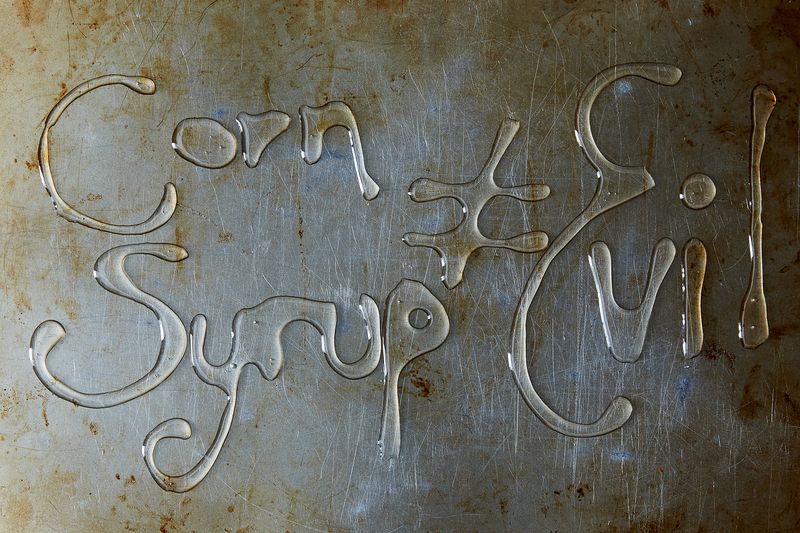

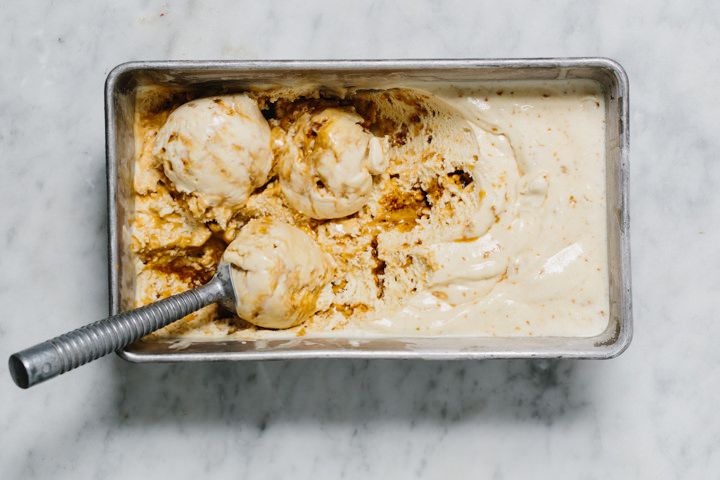
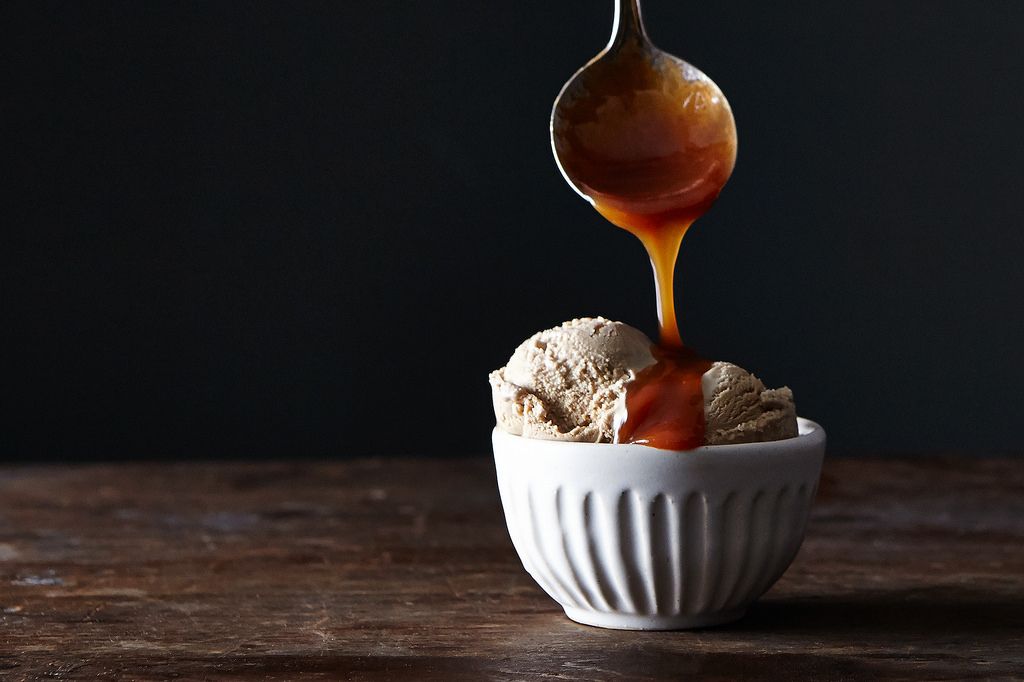
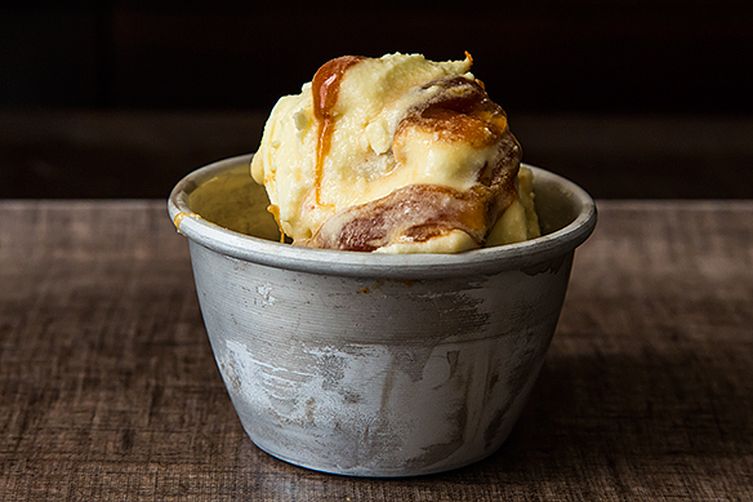


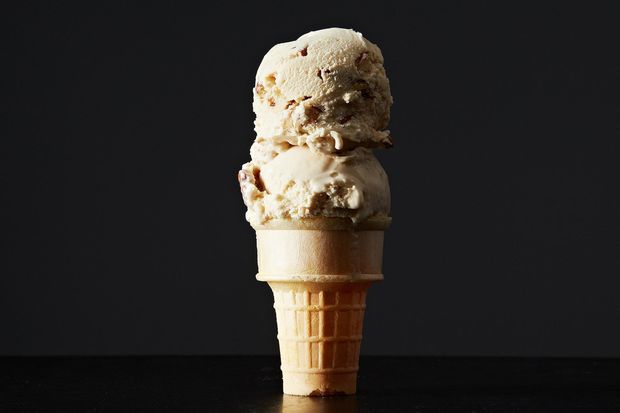

See what other Food52 readers are saying.